Grow Faster With These Paid Ad Strategies Proven to Drive Results For SaaS
Hello all you marketers out there my name is Ian and you’re listening to another Marketing Strategy Talk.
And recently I had the absolute pleasure to speak with Dylan Hey, Co-Founder, and CEO of Hey Digital, a paid marketing agency who is absolutely crushing the LinkedIn game right now. Seriously go check out Dylan’s profile, he’s dropping serious PPC knowledge on the daily with video snippets and live streams on the regular…I honestly don’t know when the guy sleeps.
And I’m super excited about this one because Dylan goes deep into paid strategies.
I’m talking the dream team deep
I’m talking Mariana Trench deep
I’m talking bottom of the peanut butter jar deep.
In this Marketing Strategy Talk, Dylan gives away some of his top Facebook LinkedIn and google strategies that are driving real results for his clients.
We talk about optimizing ad creative, proper ad structure, playbooks to drive crazy cheap demo requests, what you shouldn’t do on LinkedIn, and why Facebook is still the best platform to drive scalable growth for B2B SaaS companies.
Seriously, guys, Dylan covers it all but more importantly he gives you actionable strategies you can try out immediately in your paid marketing efforts.
So get the pen and paper ready and let’s dive right in.
Don’t forget to follow us on LinkedIn, visit us at marketingstrategy.com where you’ll find the most effective strategies for rapid growth for marketers by marketers, till next time.
‘Till Next Time,
Ian Luck
Founder, Marketing Strategy

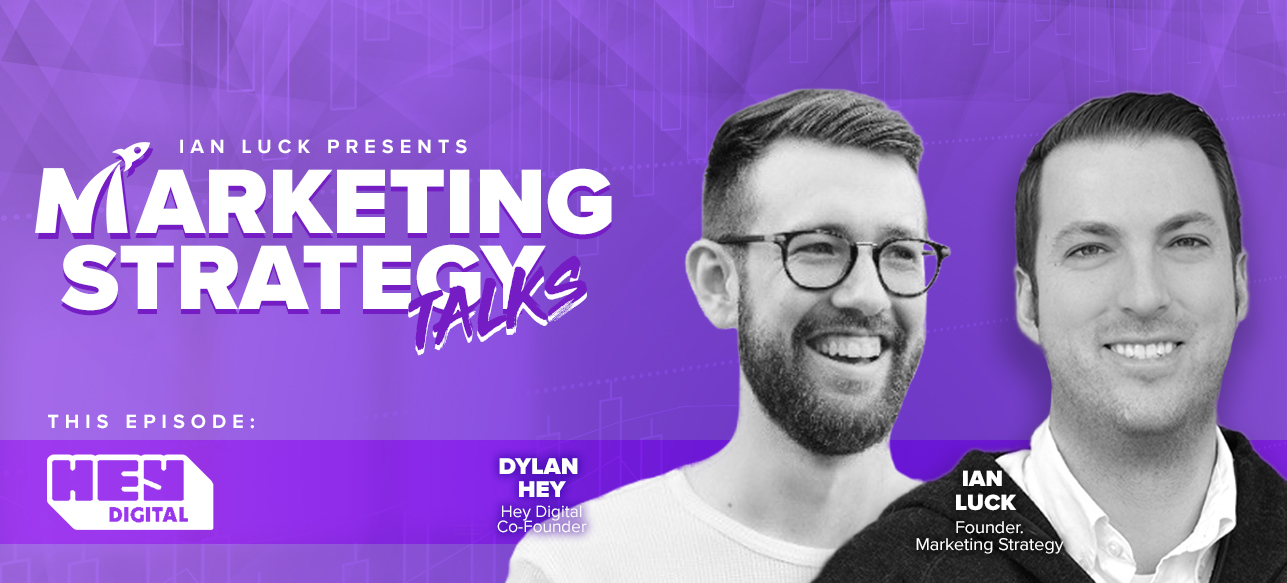
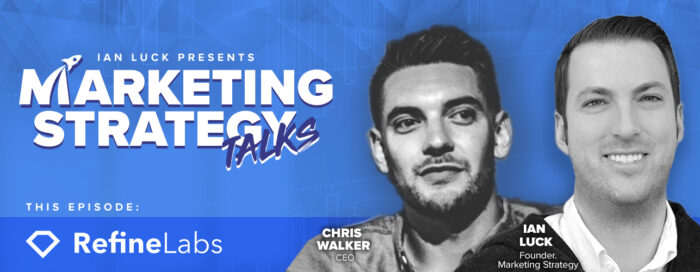
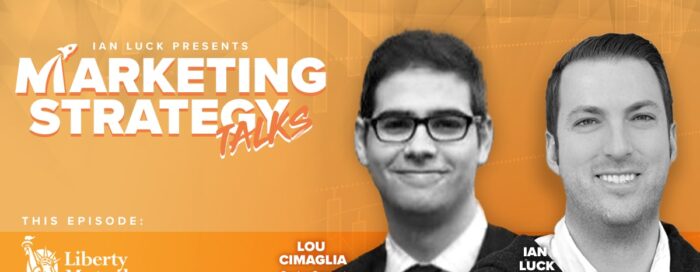
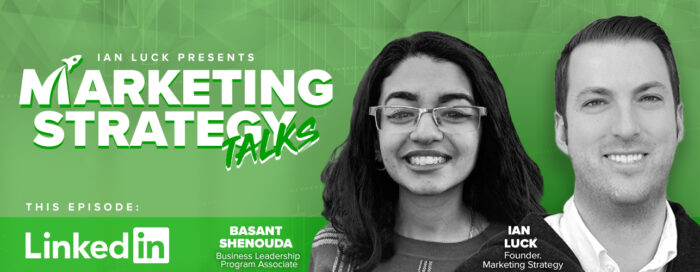
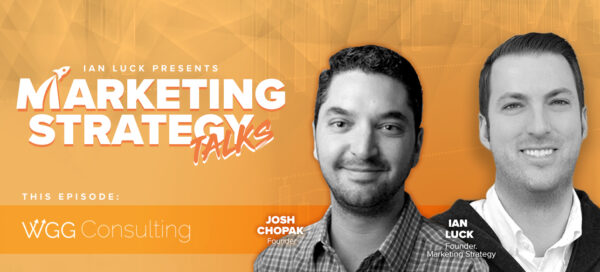
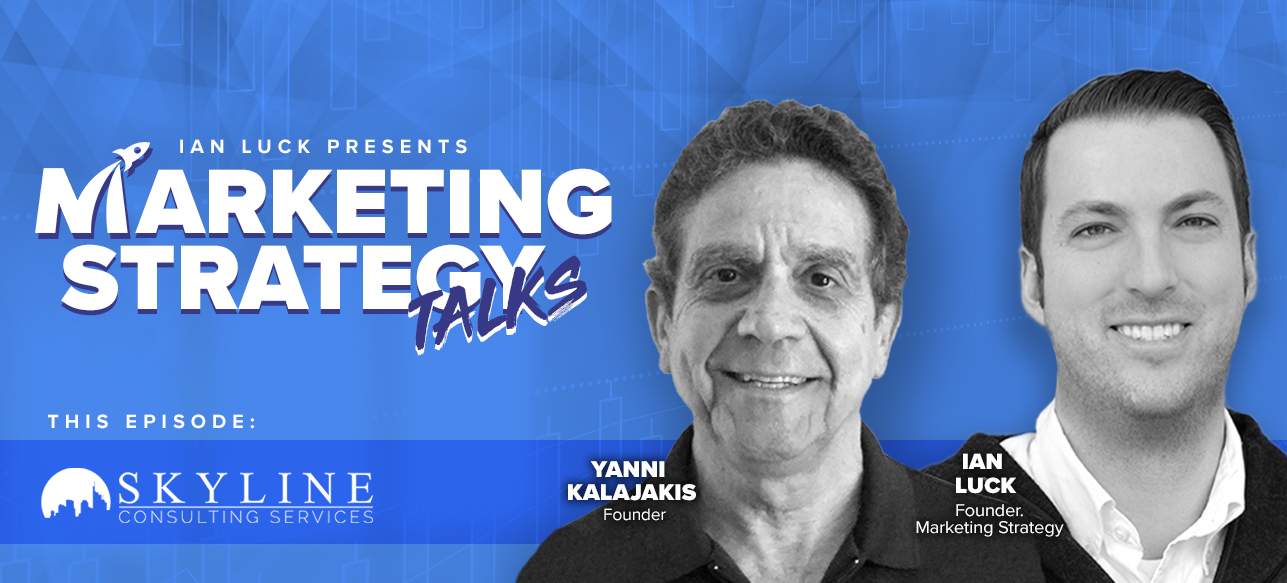
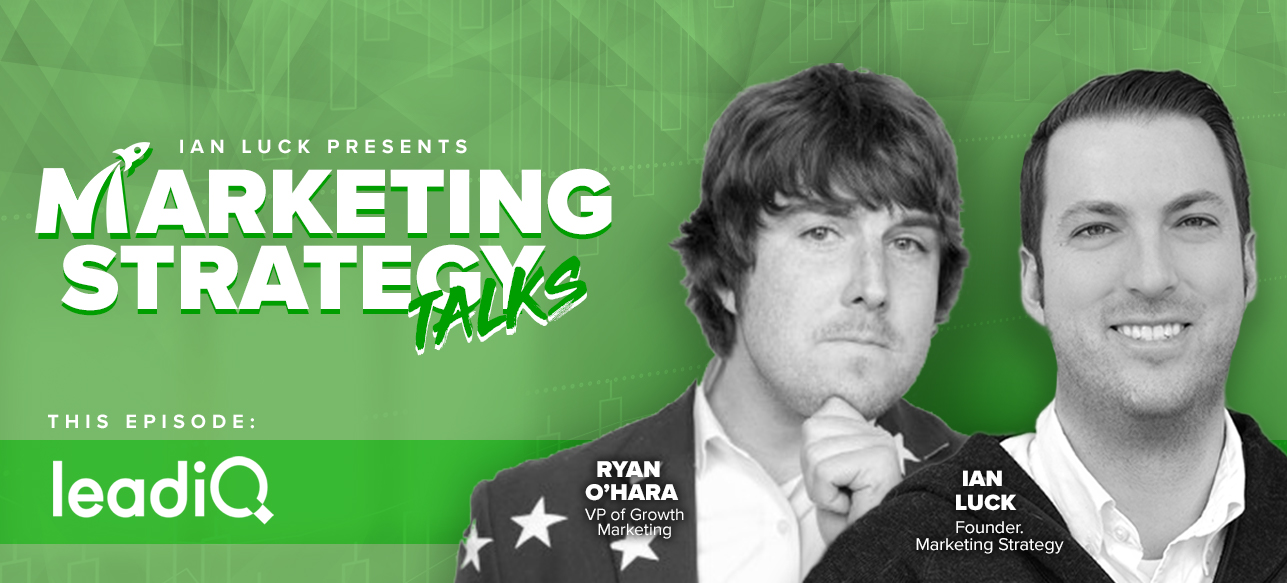
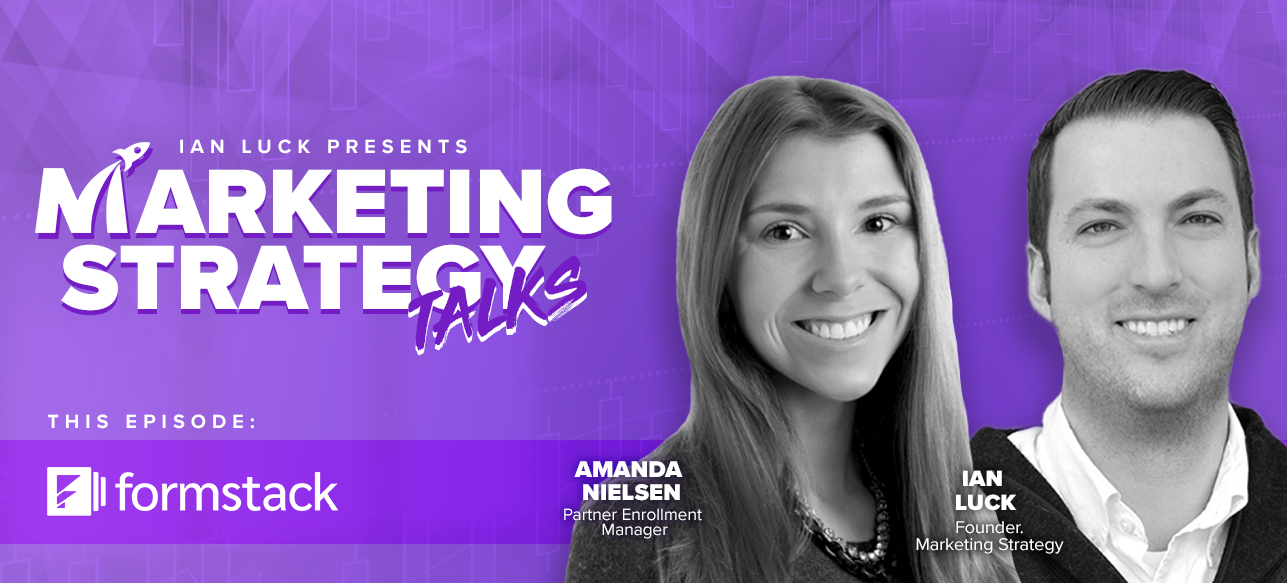
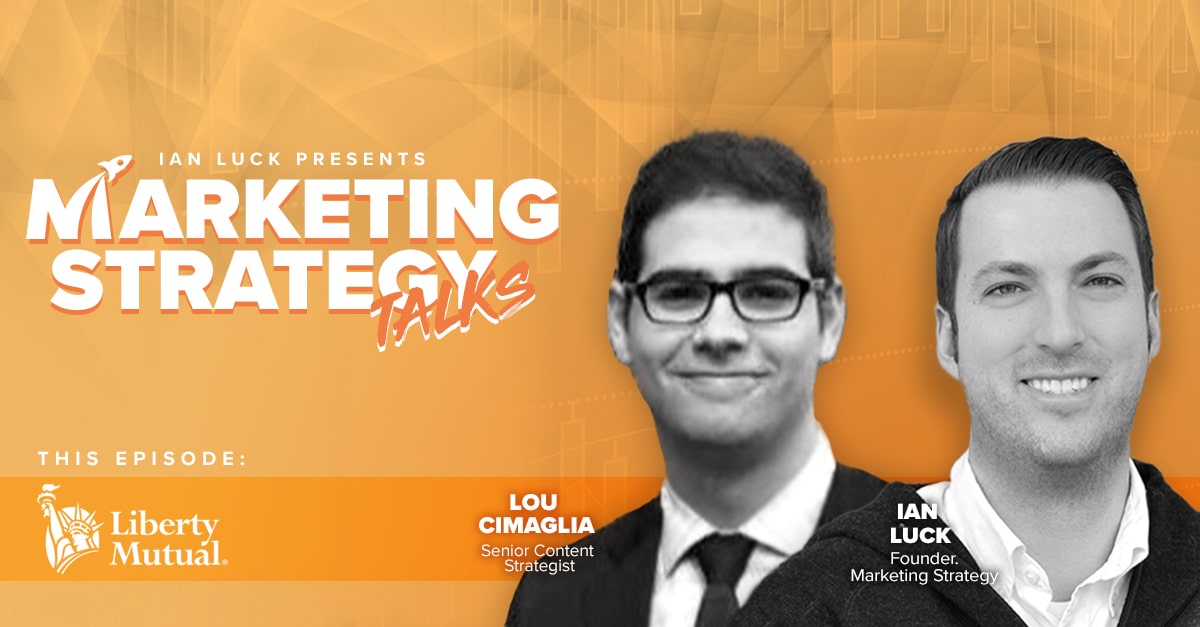







Leave a Reply